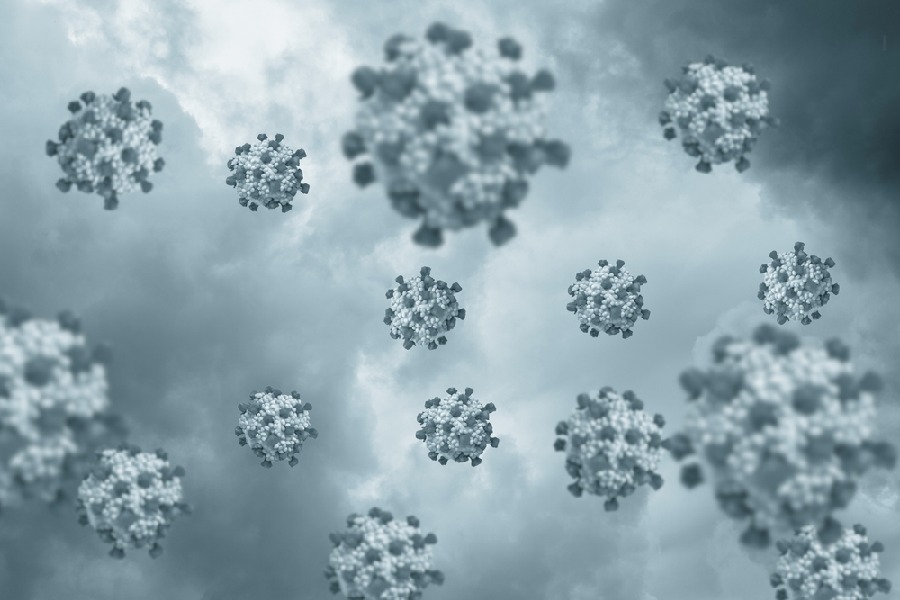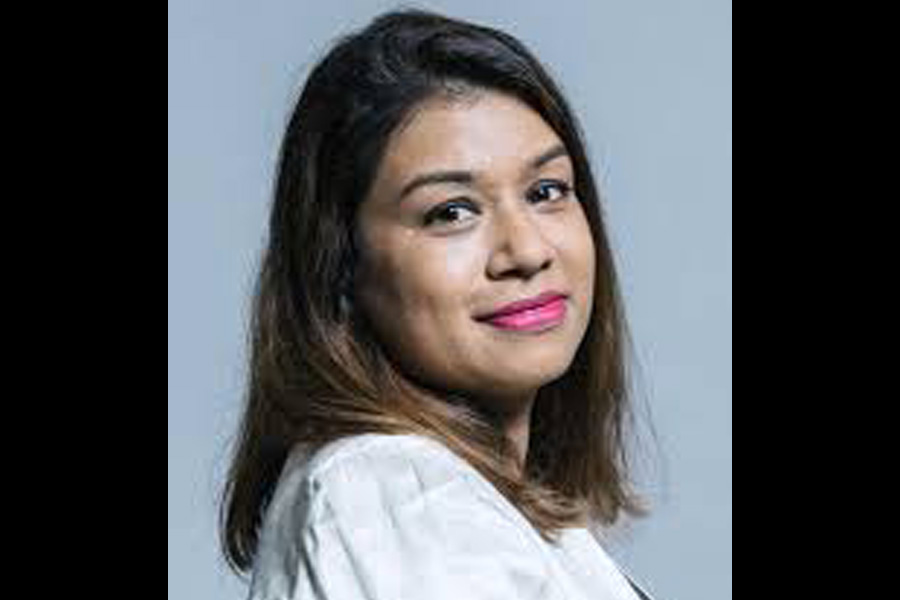Satyarup Siddhanta, 39, is preparing to ski to the North Pole. He has, since he turned to mountaineering in 2012, climbed Mt Kilimanjaro, Mt Elbrus, Mt Aconcagua, Mt Denali, Mont Blanc, Mt Kosciuszko, Mt Everest… the list goes on and on.
But that is not all he has summited. Before any of this, Siddhanta had to get his chronic asthma under control, and there has always been that scramble for funds threatening to come between a man and his passion.
Mountaineering is an expensive passion. Expeditions require anything between Rs 2 lakh and Rs 40 lakh, depending on the complexity of the undertaking. “The Indian Himalayas are rather easy on the pocket,” says Siddhanta. “One can start with Rs 25,000 and climb 5,000- metre mountains in Leh, Manali, Uttarakhand. As one climbs higher peaks, one has to form a team and hire equipment, which can cost Rs 2 lakh. To summit Mt Everest, you need at least Rs 25 lakh. Polar expeditions are the most expensive.”
Working as a freelance software engineer and motivational speaker, Siddhanta has on occasion had to take a loan. His outstanding loan as of now is Rs 18 lakh. His father and brother have funded many expeditions. For his upcoming trip, he will resort to crowdfunding and is also looking for sponsors so he can ski that last degree — from 89 degrees North to 90 degrees North.
Siddhanta is full of stories about his expeditions; a mixed bag of triumphs and failures, adventures and more adventures, stranger than fiction.
In 2015, Siddhanta tried to climb Mt Everest. He reached the base camp but had to desist thereafter because of the Nepal earthquake. Twenty-one people died at the base camp in an avalanche. Siddhanta lost Rs 18 lakh. He says, “Next year, the Nepal government waived the permit fee and I was able to climb Everest.
More adventures. Snatching half-eaten sausages from field rats in the dense forests of West Papua during his expedition to Carstensz Pyramid in Indonesia. An aborted climb in Ama Dablam, which is known as the Matterhorn of Nepal because of its steepness and the technical challenge it poses. He says, “I had frozen fingers and wanted to avoid further damage to them. But while I was descending, the rock below me crumbled.” Eventually, Siddhanta had to take a helicopter longline rescue. He adds, “That was another adventure; I was tied to a long rope, hanging out from the helicopter.”
In Alaska, he was caught in a blizzard with Musa Ibrahim, the first Bangladeshi to climb Mt Everest. Another time, he was on his way to Camp 2 of Everest when the ground beneath him opened up and he fell into a crevasse.
Minutes before, he had put on his safety rope and that saved him. Siddhanta found himself hanging from his safety rope some 15 feet inside the crevasse. He says, “It was dark below. I took off a huge chunk of snow and threw it down to gauge the depth — from the sound of the thud. Minutes passed and there was no thud and I realised I was in an abyss. I tried not to panic and diverted my mind by admiring the beauty of my dangerous surroundings.” He was ultimately rescued by fellow climbers about half an hour after he had fallen. That was not all; in the same expedition, he witnessed a sherpa falling to his death.
“Mountaineering demands not just physical but mental strength too,” he tells The Telegraph.
The stories continue and it becomes evident that Siddhanta has what one would call a mountaineer’s luck. On the final summit push at Mt Everest, his oxygen cylinder malfunctioned and he was forced to breathe atmospheric oxygen, which is onethird the density of normal oxygen at that height of the death zone.
Later, he negotiated with another sherpa and got an alternate mask. “On the same day, three climber friends from Bengal died because they too ran out of oxygen. They couldn’t make it to Camp 4 on time,” he says and adds, “Climbing Mt Everest is a game of planning.” In Mexico, after summiting the highest volcano in South America, Pico de Orizaba, Siddhanta was climbing down when he was hit by a boulder. His friend broke his hip bone but Siddhanta escaped without injuries.
His North Pole expedition had to be put off in 2019 because of the geopolitical situation between Ukraine and Russia, in 2020 and 2021 due to Covid19 and in 2022 again due to the Russia-Ukraine war.
The plan for next year is something like this. The Russian flight Antonov 74 will carry him from Longyearbyen to Barneo ice camp, from where a helicopter will drop him at 89 degrees North. “From there I will do endurance skiing, carry my food, fuel and tent weighing 50-plus kilos for 111 kilometres, in temperatures ranging from -20 degree Celsius to -30 degree Celsius. The challenge here is the polar bear; they tend to attack,” says Satyarup.
But that is how it is, a mountaineer’s passion. Satyarup is happy to brave dynamic polar ice pack, open water “leads” and huge pressure ridges all for that soft Arctic light, the snow crystals, and the ever-changing colours of the ice.
He says, “Every expedition expands my horizon. And every step that I take on a high altitude feels like magic to me.”










